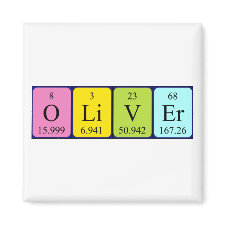
Authors: Dickert FL, Hayden O, Lieberzeit P, Haderspoeck C, Bindeus R, Palfinger C, Wirl B
Article Title: Nano- and micro-structuring of sensor materials - from molecule to cell detection.
Publication date: 2003
Journal: Synthetic Metals
Volume: 138
Issue: (1-2)
Page numbers: 65-69.
DOI: 10.1016/S0379-6779(03)00026-2
Abstract: Self organisation is a key technique for the spontaneous and efficient structuring of materials for chemical sensing. For example, polymer materials are patterned by surface molecular imprinting via stamping techniques. Mass-sensitive measurements with quartz crystal microbalances (QCMs) prove that by this way "fingerprints" of enzymes, viruses and cells are generated which are capable of reversibly absorbing the imprint species. These coatings are highly selective, so that, e.g. yeast cells can be detected in the presence of other cells. Sensitive layers reacting towards viruses can also be generated leading to an easy-to-use detection method. Another major advantage of imprinting is the fact that templates are not restricted to well-known defined substances but can be complex mixtures. Monitoring the degradation of oils is an example for such a complex analytical problem. Chemically sensitive layers for both edible oils and automotive lubricants based on a bulk- imprinting process are introduced, which are capable of selectively extracting oxidation products from the oil matrix. (C) 2003 Elsevier Science B.V. All rights reserved



Join the Society for Molecular Imprinting

New items RSS feed
Sign-up for e-mail updates:
Choose between receiving an occasional newsletter or more frequent e-mail alerts.
Click here to go to the sign-up page.
Is your name elemental or peptidic? Enter your name and find out by clicking either of the buttons below!
Other products you may like:
 MIPdatabase
MIPdatabase









